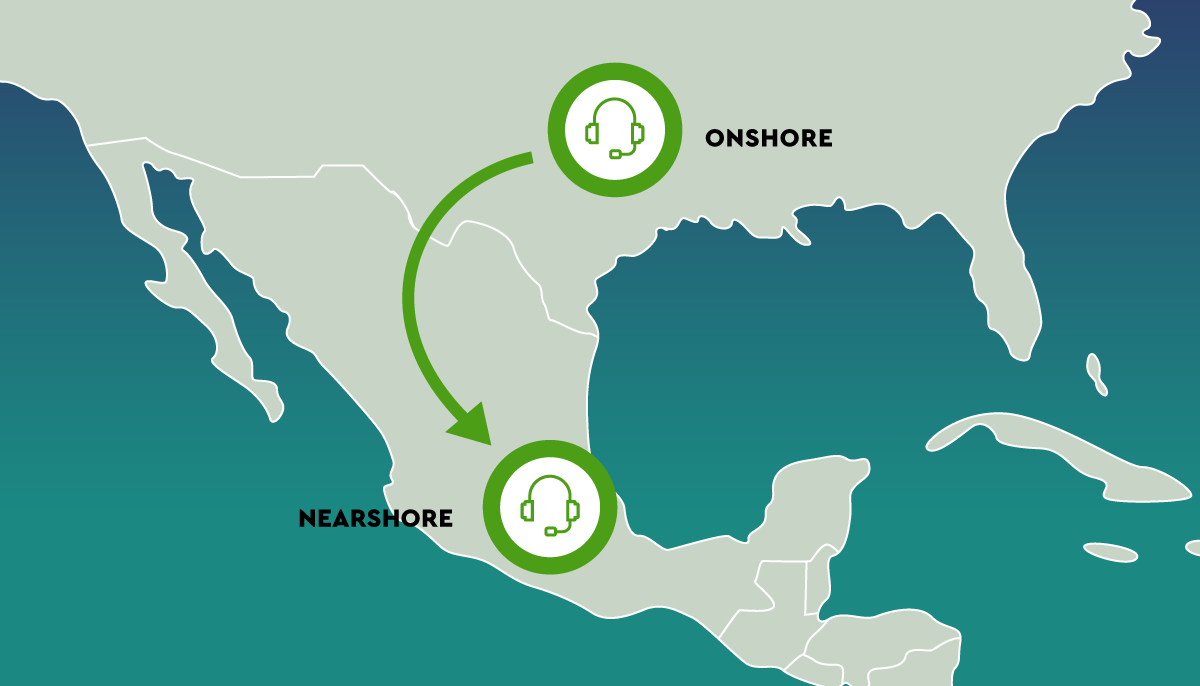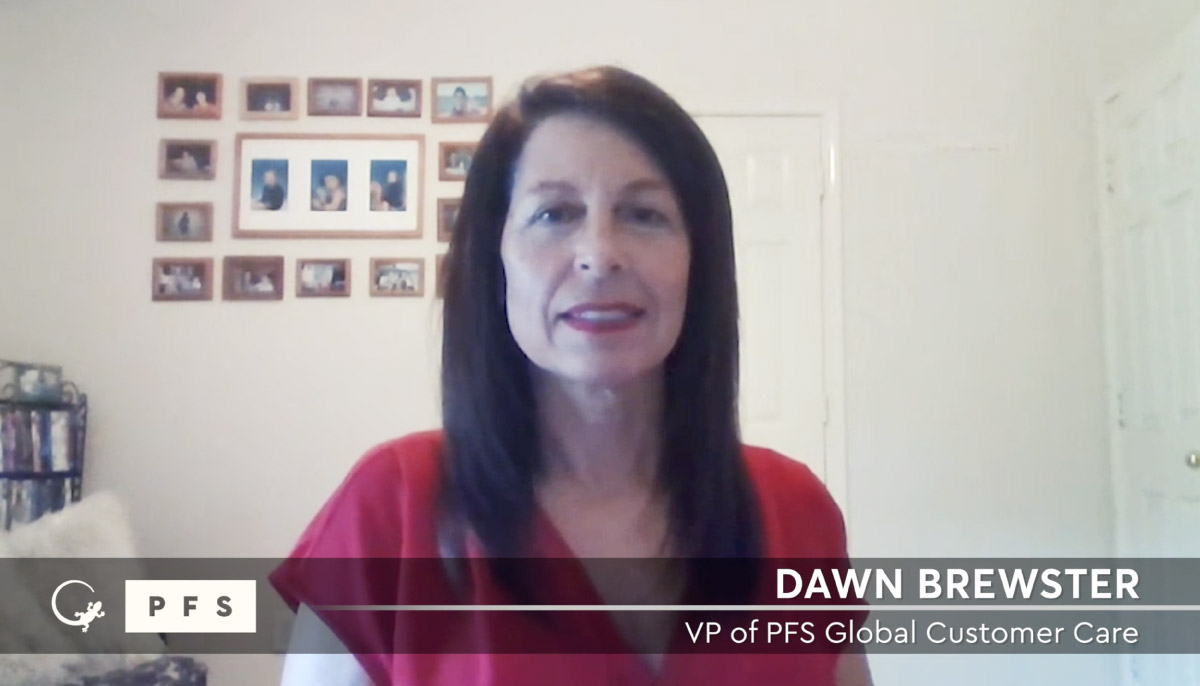
The Hybrid Customer Care Model – Effective and Affordable Support
Providing highly responsive, brand-centric customer service is critical for retailers who want to keep up with today’s On-Demand Economy. Many of these retailers are struggling to find an effective means of doing this without breaking the bank. Today, we’re taking a closer look at an alternative solution option that could be the answer – hybrid onshore/nearshore customer care.
Expect volume to keep growing
The latest trend, a new “outsourced customer complaint” model, is equipping consumers to find deals, refunds and complaints that they would otherwise never have known to look for. For a small fee, consumers are able to outsource complaints to companies like AirHelp and Service who research current and past service experiences and contact customer contact centers on behalf of the consumer to resolve their issue. As this and other “customer powered” service trends grow, contact centers will need to find ways to cope with increasing volumes that don’t appear to be slowing down anytime soon.
High demand for quality support
The popular “butts in seats” motto of the 80s and 90s, when finding the cheapest offshore solution was the name of the game, is no longer capable of meeting modern consumer demands. Challenging accents, cultural differences, lack of geographic knowledge, unfamiliarity with common American phrases and slang – these shortcomings lend to a lack of confidence and trust in agents on the part of consumers.
However, according to Site Selection Group’s Global Call Center Location Trend Report 2019, there is still a place for some offshore, and especially nearshore support models. As this report reveals, onshore, nearshore and offshore support sectors all experienced growth in 2018, but a few new trends mark a shift in the market toward higher quality support in line with increasing consumer expectations:
- Nearshore markets are growing rapidly with Latin America, especially Central America, seeing an increase of 53% over 2017
- Companies continue to bring services back home, US-based call centers lead in overall growth
- Mexico is making a comeback as companies seek to place their support closer to the US
- The Philippines, Asia’s largest offshore customer care market, have become a mature market and growth is slowing
- While AI is all the rage right now, demand for quality customer service now is keeping agent-based customer support in high demand
Nearshore support has been steadily gaining momentum over the last decade and, as this report points out, has picked up speed significantly in recent years. Some of the key aspects driving the success of nearshore support solutions are:
- Highly skilled bilingual workforce for Spanish-language and quality English support
- Positive, hospitality-driven cultures that shine through in customer interactions
- Geographic proximity that provides cultural similarities and agents who are up on the latest trends
- Lower wages yet higher retention rates thanks to career growth opportunities and positive work environments
While nearshore support offers many benefits and it’s clear that companies are recognizing the opportunity, onshore support was the clear leader in 2018 with 49,092 jobs created through new onshore projects. This comes at a cost though, and many retailers are allocating significant financial resources towards these solutions that, in some cases, may not be sustainable.
PFS has found another option.
The hybrid model
By combining nearshore and onshore support solutions, brands can benefit from the best of both worlds, minimizing costs while still meeting support expectations. With the right provider, a hybrid solution:
- Lowers costs: Take advantage of skilled labor at lower rates while still providing a mix of tier one and two support from both locations
- Increases effectiveness: Align support to your brand’s business goals with representatives who understand your culture and values
- Ensures scalability: Enhance staff augmentation capabilities with multiple locations and time zones and a larger workforce to pull from
- Centralizes management: Daily communication between teams and close proximity of nearshore locations means management for both locations remain on the same page
- Standardizes processes: Consistent processes and management across locations, including hiring, training, technology, workforce management and quality assurance, ensure consistent brand representation and support quality regardless of support location
In the new post-global market, with ever-more challenging consumer expectations, consider a mix of resources for affordable, yet effective support that meets modern expectations.
Interested in a hybrid customer care model for your business? Contact us today to learn more about PFS’ customer care operations and support models.


